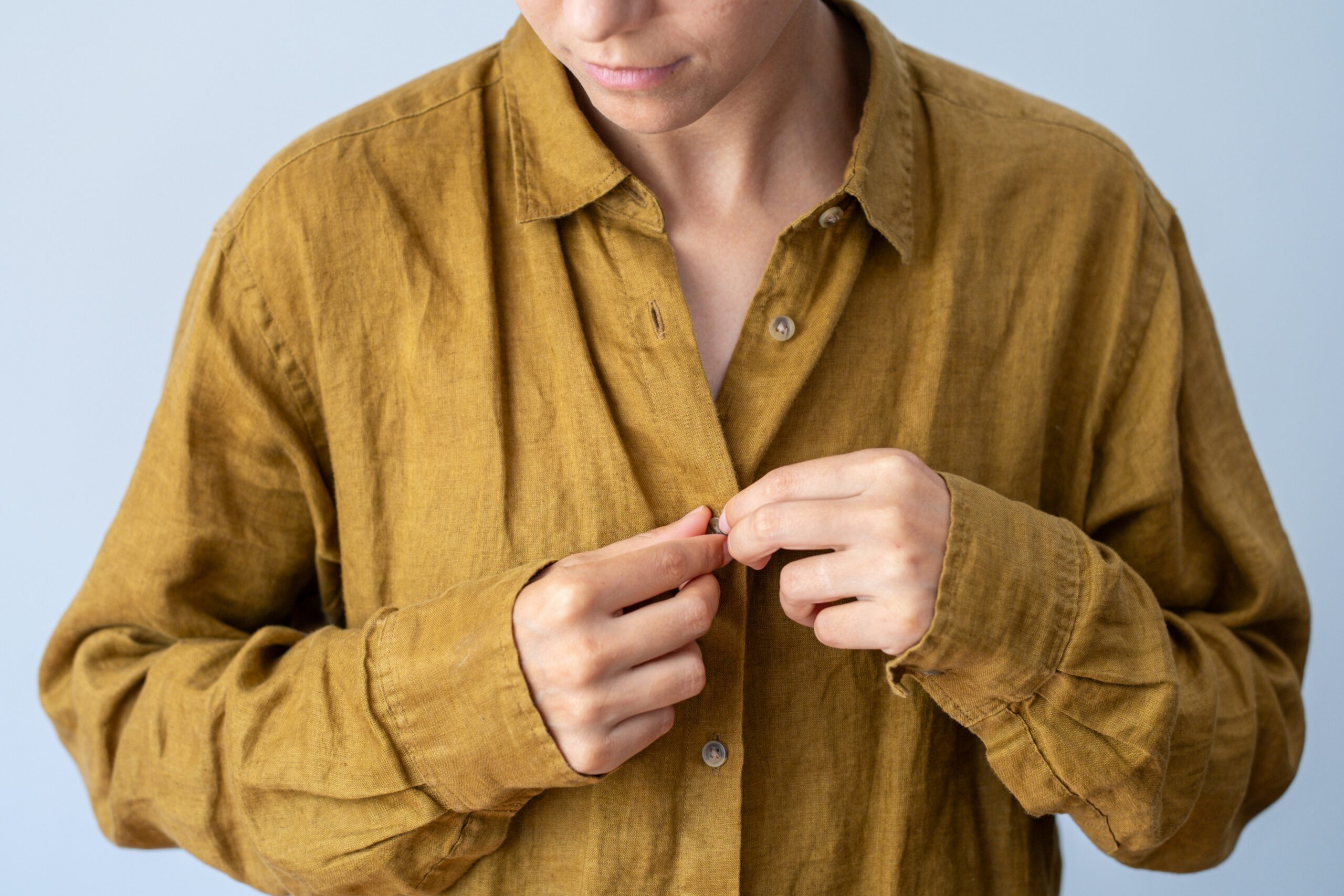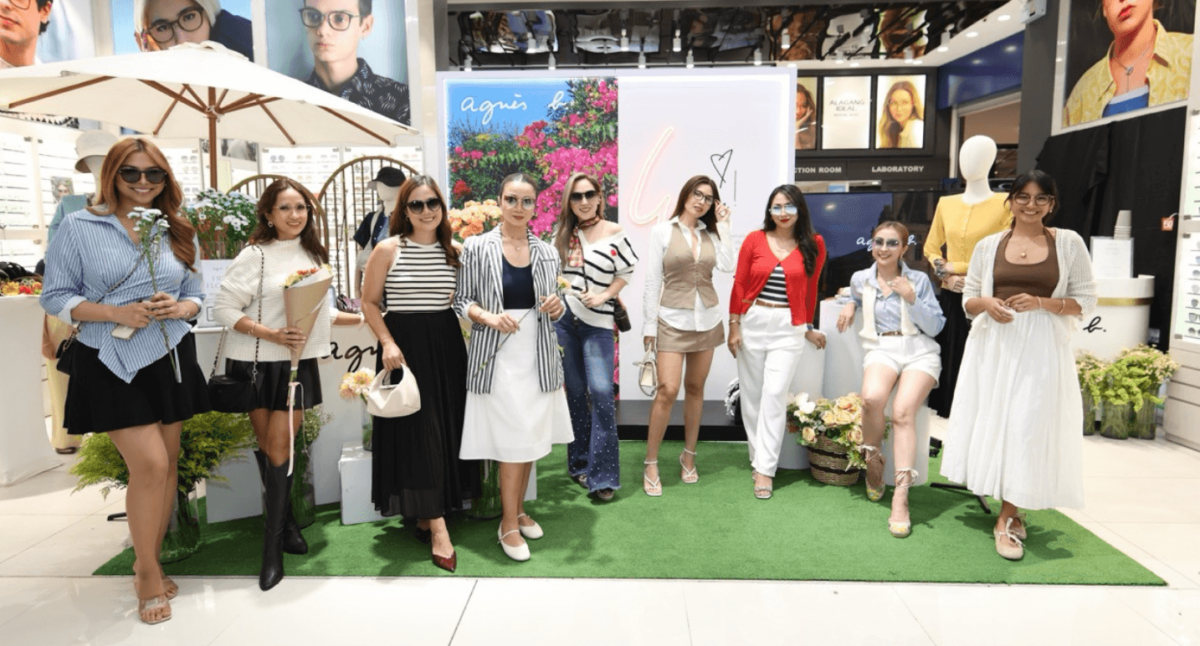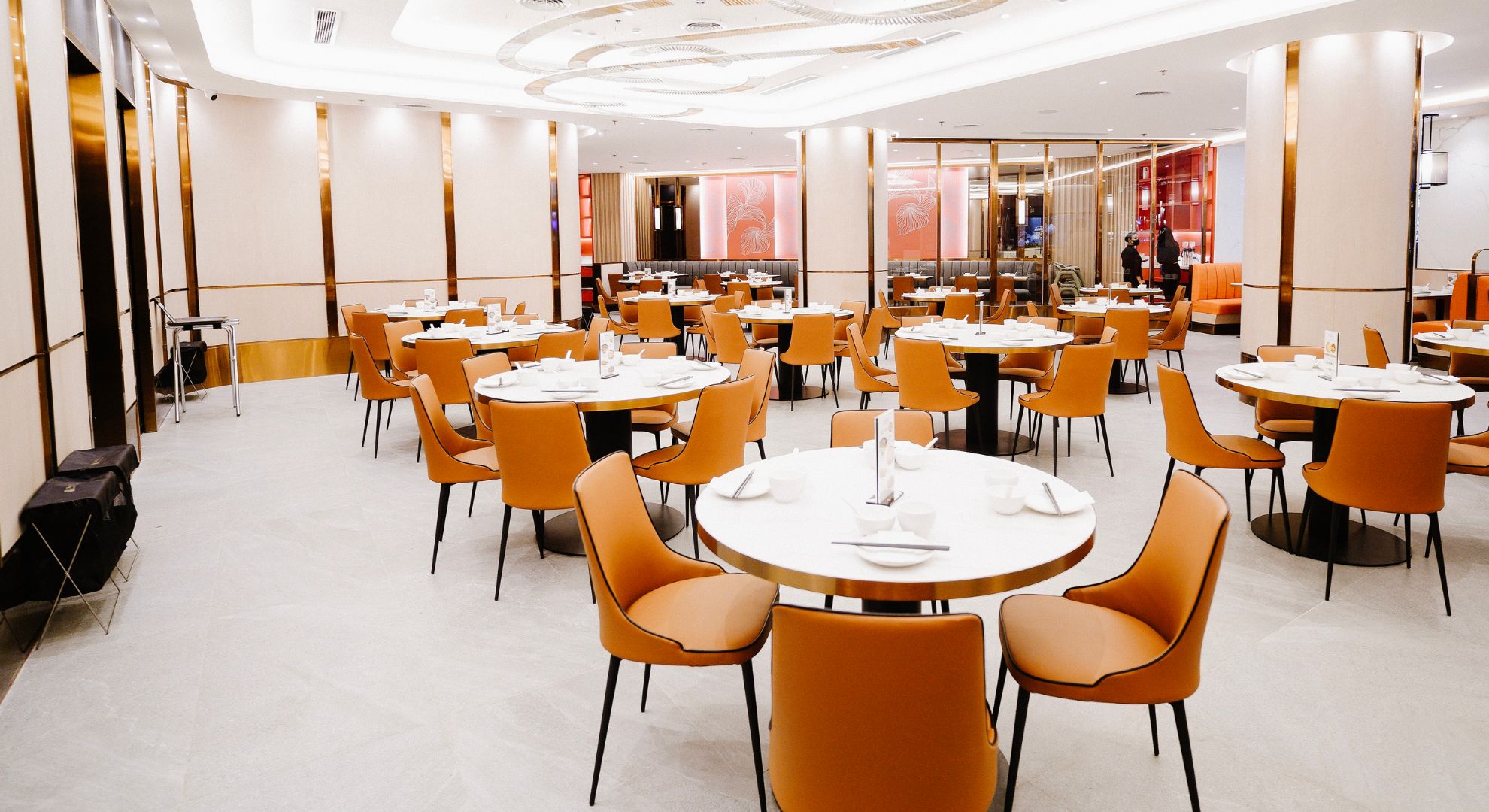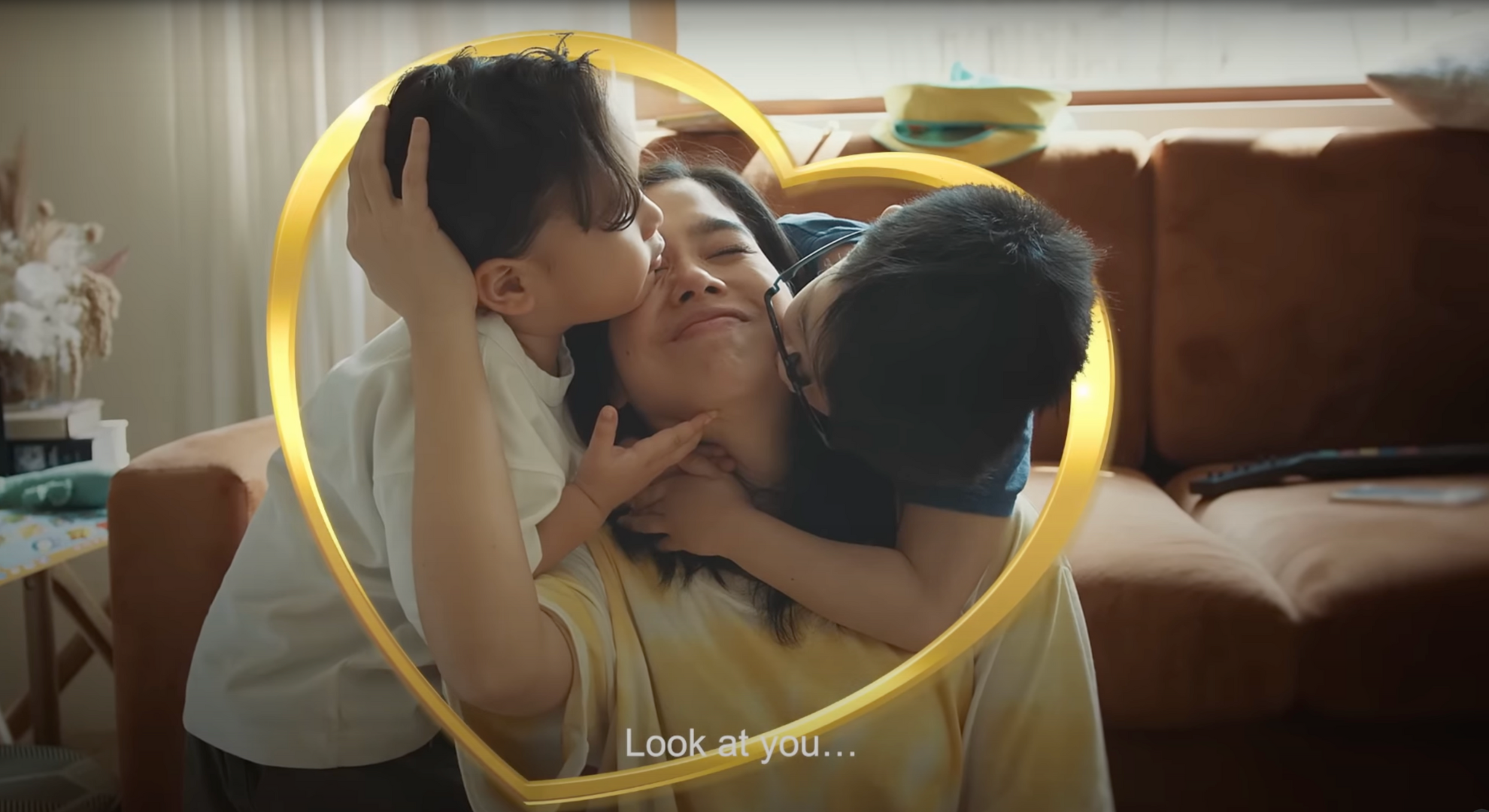My wedding is at the beach this weekend (Lord help me). And while I thought guests would be asking about the food or directions, the most common question I’ve gotten this past year is about the dress code—specifically, beach formal.
“Beach formal” may sound made-up but it’s an actual dress code. It sits somewhere between “look like you’re on vacation” and “don’t sweat to death in a suit!” And it matters, especially for our Filipino weddings, where we juggle tradition, style, and a super-hot climate that doesn’t care about any Pinterest board.
One thing I’ve been surprised to learn in this year of planning is that guys don’t care about much when it comes to weddings (well, actually, this isn’t much of a surprise)—except, strangely, their outfit. I’ve noticed that time and time again, our gentlemen guests always ask about the dress codes, even starting conversations in our group chats, both among family and friends.
Beach formal is not as straightforward as black tie or smart casual. And when you throw in sand, sun, and wind, even the most stylish guests can be unsure of what works. So based on what we’ve learned while planning our own wedding, here’s a simple guide to the beach formal flair typical in the Philippines.
What are beach formal shoes?
Beach formal shoes should look polished, but they still need to be practical. No one wants to be sinking into the sand or shuffling around in hot, heavy leather.
For men, clean loafers, dressy espadrilles, or slim dress shoes in lighter materials like soft lamb leather, canvas, or synthetic textiles are ideal. As my fiancé has never been a loafers kind of guy, he’s wearing his trusty brown leather brogues.
For women, comfort is key. Sandals in all their variations are a must—from block heels and wedges to slinky, strappy, Grecian-goddess-esque sandals.
Open-toe slippers (not sandals), such as the leather, cost-a-month-salary kinds (you know what I’m talking about), can tend to feel too casual.
For the men
Barong Tagalog
While the barong Tagalog can still be warm with its long sleeves, the traditional Filipino formal wear is always beautiful—and also lighter and more breathable—which makes a big difference outdoors.
My fiancé had his barong made by Fort and Tailer, his favorite local atelier at the New World Hotel. It’s hand-stitched, which shows up with a different kind of embroidery compared to machine-stitched barongs. Instead of more subtle embroidery, the barong Tagalog’s hand-stitched swirls and flowers are sharper and more raised. He’s pairing it with soft gray trousers, which are less severe than black and a bit more refined than khakis.
Polo barong
We opted to place the polo barong as a part of our beach formal dress code. These cotton short-sleeved shirts are usually seen in office settings. But they can work well (I think or hope) for a beach wedding, too. They’re cooler, a little more casual, but still carry that sophisticated formal look.
The guayabera
Another option is the guayabera. Originally made with pockets for carrying guyabanos, it’s a traditional warm-weather shirt popular across Latin America and the Philippines.
The guayabera was especially big in the ’70s in the Philippines. One friend is wearing his father’s vintage guayabera he used to wear to work decades ago. They come in long- or short-sleeved versions, and are distinguished by pockets (for those guayabanos) and two columns of pleats running through both the back and the front of the shirt.
READ: We are still colonized (in the mind)
Linen
For the afterparty and reception, linen shirts can fall under the “beach formal” dress code. A tailored, button-down linen shirt in white or cream is always a safe yet stylish choice. Rolled sleeves, a good pair of trousers, and you’re done.

While linen suits are often considered chic and summer-ready, they may not be the most practical in a tropical country like the Philippines, where humidity can cause them to wrinkle and cling uncomfortably. A full-piece linen suit would be more ideal for breezier beach destinations abroad.
For the women
Women generally have a clearer idea of what to wear, but beach formal can still be tricky to interpret. To my surprise, barely any of our female guests have asked what to wear. “White Lotus”-inspired fashion is definitely a popular source to refer to lately as well.
While we indicated “short or long dresses” under our “beach formal” dress code, many have opted for longer dresses to add to that formal wedding vibe.
Long dresses in soft, breathable fabrics like chiffon, linen, or crepe are a good place to start. Flowy midi dresses that fall mid-calf are also great for warmer weather.
Allowing variations in silhouette gives people the freedom to feel confident in what they’re wearing. Wrap dresses, slip dresses, halters, and even dressy separates can all fall under the umbrella of beach formal, as long as the overall tone stays elevated—maybe with cute beach clutches or statement jewelry. Nothing too stiff or structured.
The fun part about women’s beach formal is playing with the colors and patterns, too. There’s such a variety of long dresses on the market today, and every girl is always excited to dress up on vacation.
Hair and makeup
Hair and makeup are best kept simple. Beach weddings means it’s likely going to be humid, windy, and warm, so it’s best to wear your hair any way.
If you normally like it up, do an updo. If you like it down, keep it soft and styled in a way that won’t turn into a tangle an hour in. Buns, ponytails, and loose braids are all practical and still look put-together.
For makeup, think soft and fresh with dewy skin and flushed cheeks. A bit of shimmer goes a long way. Skip anything too matte or heavy, as the sun and heat don’t tend to be kind to full glam. A sheer lip color or gloss, a lightweight foundation or tint, and a little waterproof mascara are more than enough. One trick I’ve found through my hair and makeup trials is that spray-on sunscreen does the trick.
Bringing a Jisoo fan can help keep the makeup all in one place, too.
**
In short, a beach formal dress code is between being formally dressed and relaxed. A space where everyone looks put-together, feels comfortable, and can move in tune with the relaxed atmosphere that the beach always brings. While the fabric, fit, and formality matter, at the beach, so does feeling like yourself.









































